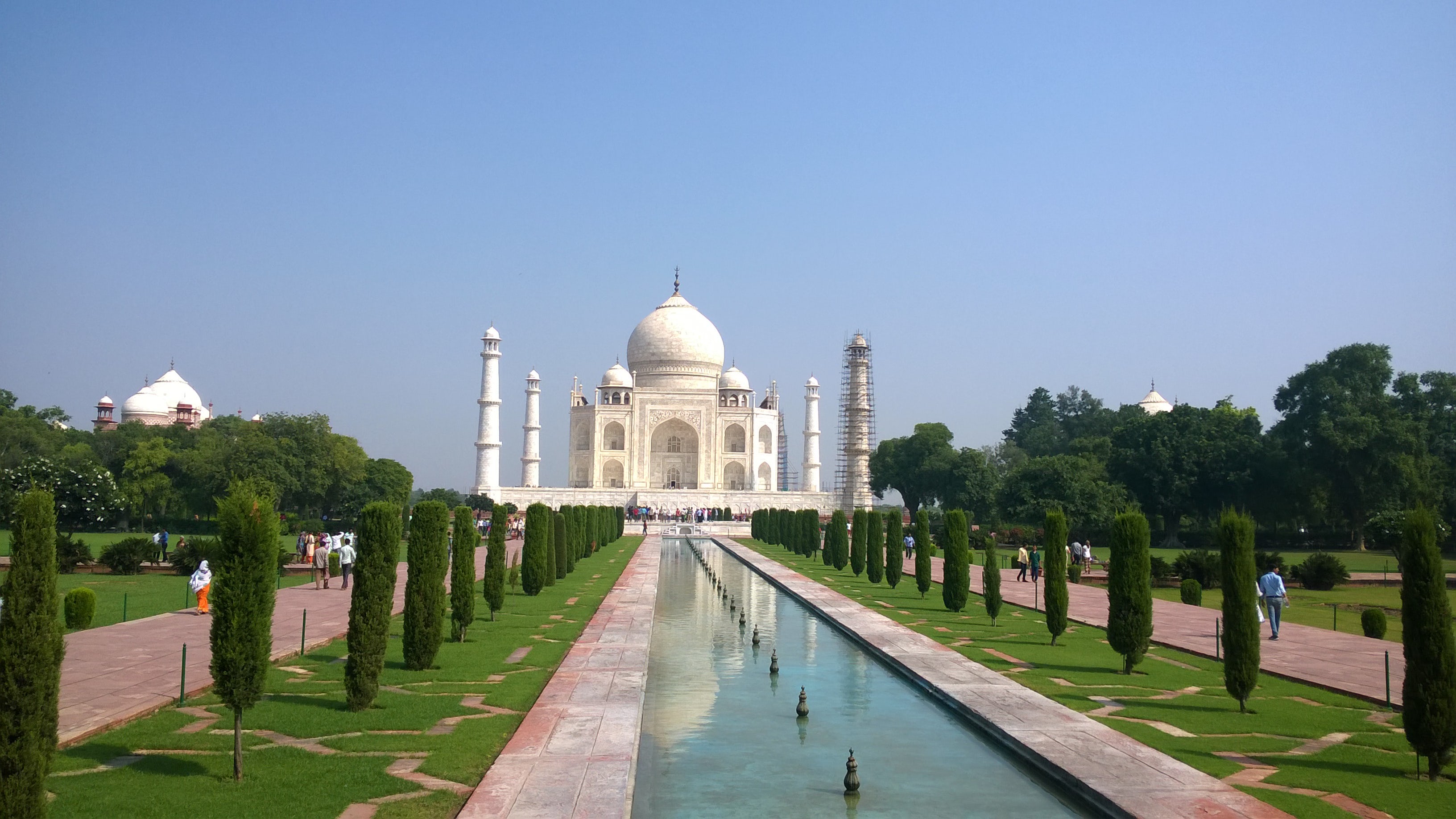Based on a notification issued in 1920, Archeological Survey of India has stated in an Agra local court that Taj Mahal is not a temple. The affidavit submitted in the court terms Taj Mahal as a tomb. Prior to this, union cultural ministry in 2015 has already clarified that it has no evidence to call Taj Mahal a temple.
Over the last few years, a lot has been talked about Taj Mahal and a number of facts have been given to support the case of it being a Hindu temple which was known as Tejo Mahalaya.
In April 2015, Agra district court had admitted a suit regarding the same. The suit was filed by six lawyers who had termed Taj Mahal as a Hindu temple and had sought access for Hindu devotees. After filing the suit, the court had issued separate notices to the central government, union cultural ministry, home secretary and ASI (Archeological Survey of India) to file their replies on the matter.
The reply by ASI was submitted on Thursday. Giving time to other parties, the court has postponed the next hearing to September 11th.
In its affidavit to the court, ASI stated that historically there is a record of Taj Mahal being on the banks of Yamuna River in the city of Agra. This has been declared by the government of India. Along with this, the monument has gained a worldwide recognition after being included in the list of 7 wonders of the world. Quoting the notification from 1920, ASI stated that the British government had declared Taj as a protected monument by issuing a notification on 22nd December 1920.
ASI has also denied that no Shivling, as mentioned in the suit filed, exists in Taj Mahal. ASI has requested the court to dismiss the petition stating that the points mentioned in the filed suit are without any basis and are a result of the plain imagination.
In the suit, Harishankar Jain has written that Taj Mahal was built by Raja Paramardi Dev in the 12th century. According to the suit, the temple was inherited by Raja Man Singh of Jaipur and Shah Jahan annexed the property in 1632. It further states that after the death of Mumtaz, the temple was converted to be a memorial for her and a few changes were done around the temple to term it as an Islamic structure.

